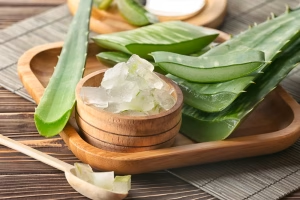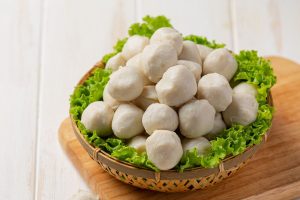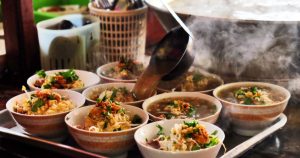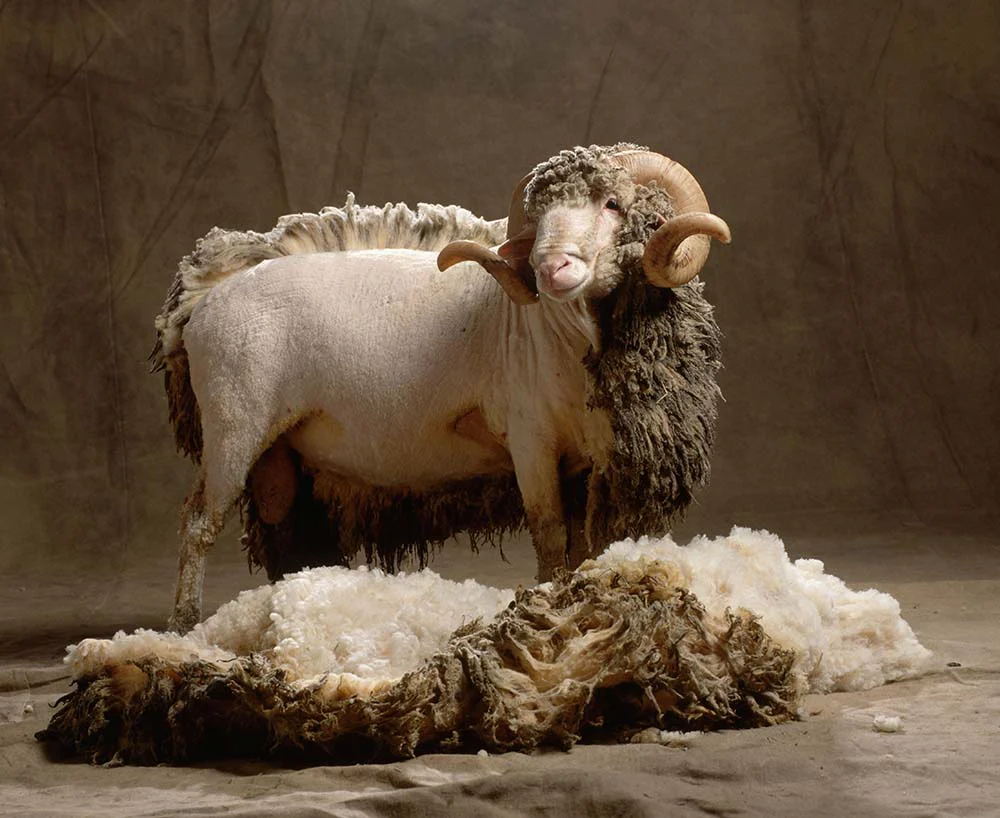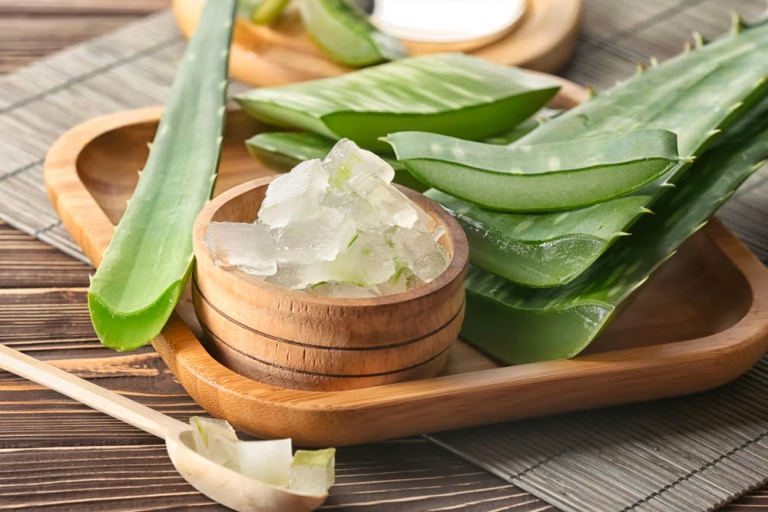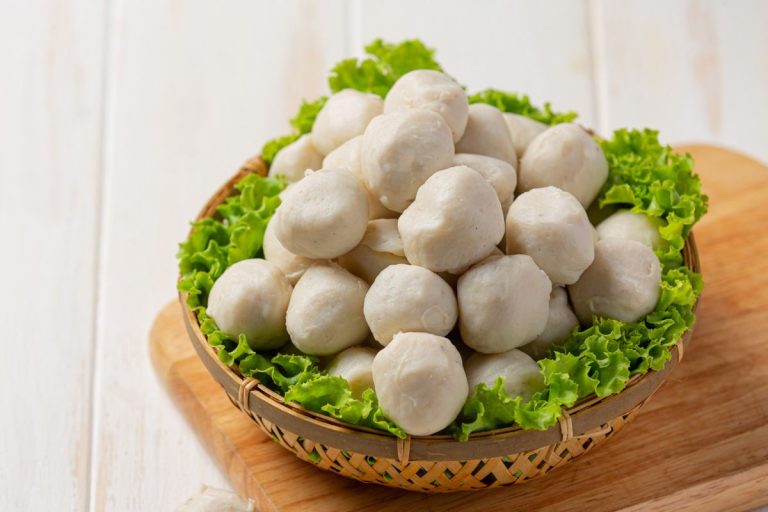Merino Wool In the realm of natural fibers, few materials rival the versatility, performance, and luxury of Merino wool. Renowned for its softness, durability, and myriad benefits, wool stands as a testament to the ingenuity of nature and the craftsmanship of centuries-old shepherding traditions. In this article, we embark on a journey to explore the remarkable qualities and uses of wool, shedding light on its enduring appeal and modern applications.
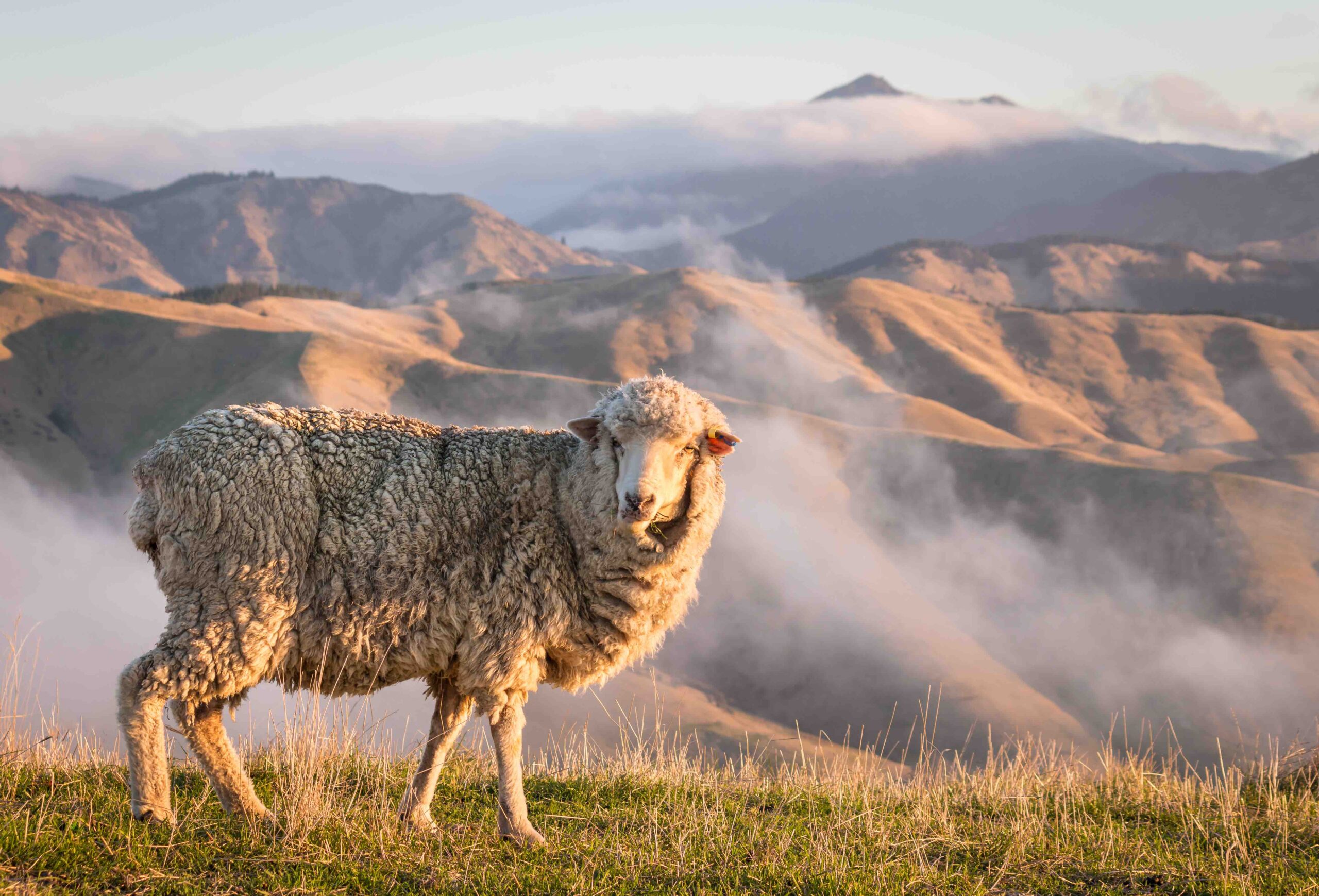
Origins and Heritage:
Merino sheep, prized for their exceptionally fine and soft wool, trace their origins to Spain, where they were selectively bred for their superior fleece characteristics. Over centuries, Merino wool gained acclaim across Europe for its unparalleled quality and versatility, becoming synonymous with luxury and prestige.
Exceptional Qualities:
- Softness and Comfort: Merino wool boasts a remarkably soft and luxurious texture, making it gentle and comfortable against the skin. Unlike coarser wool varieties, Merino fibers are fine and delicate, offering unparalleled comfort and next-to-skin softness.
- Temperature Regulation: One of the most remarkable qualities of wool is its natural ability to regulate body temperature. Thanks to its unique structure, Merino fibers trap air pockets that insulate against the cold while allowing excess heat and moisture to escape, keeping the wearer warm in winter and cool in summer.
- Moisture Management: Merino wool exhibits exceptional moisture-wicking properties, absorbing moisture away from the skin and releasing it into the air. This moisture management system helps keep the wearer dry and comfortable, even during intense physical activity or in humid conditions.
- Odor Resistance: Merino wool naturally resists the buildup of odor-causing bacteria, making it an ideal choice for activewear, outdoor apparel, and base layers. Unlike synthetic fabrics, which can harbor odors and require frequent washing, Merino wool remains fresh and odor-free for extended periods.
- Durability and Longevity: Despite its softness, wool is remarkably durable and resilient, capable of withstanding years of wear and washing without losing its shape or integrity. With proper care, garments made from Merino wool can last for generations, making them a sustainable and eco-friendly choice.
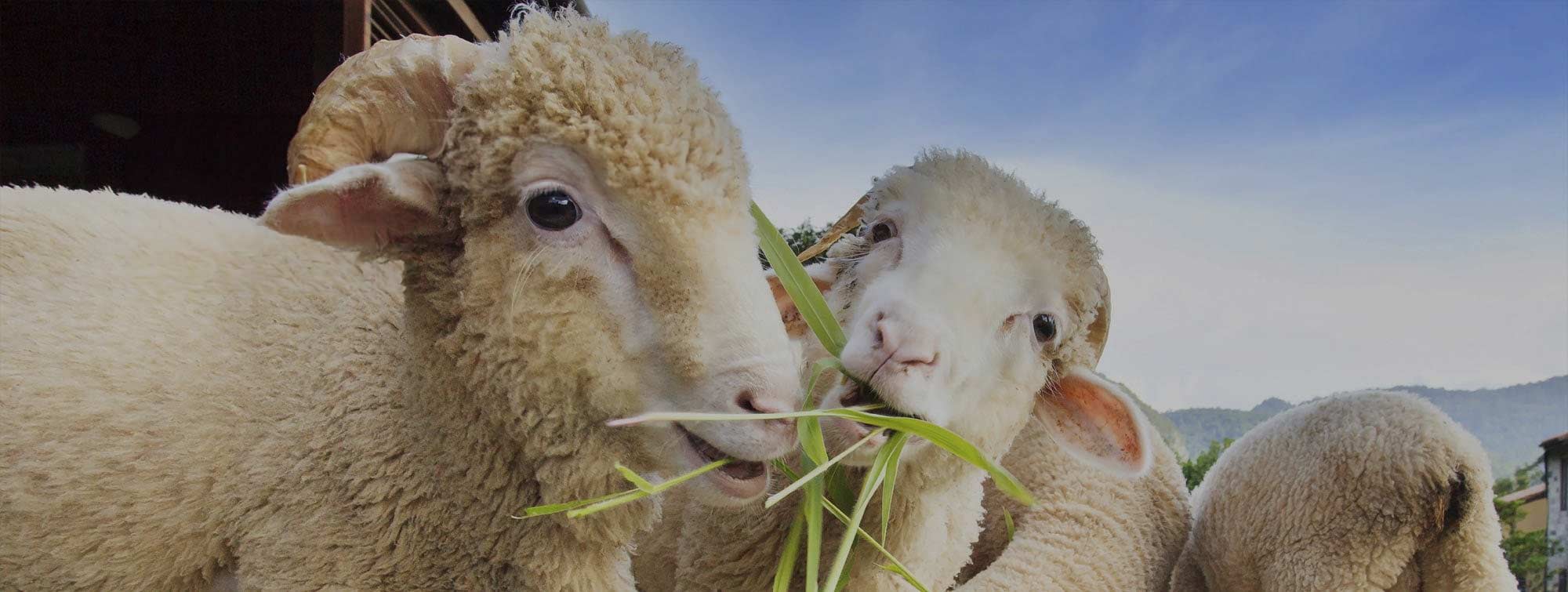
Modern Applications:
- Outdoor Apparel: Merino wool is a favorite among outdoor enthusiasts and athletes for its ability to provide warmth, moisture management, and odor resistance in a lightweight and breathable package. From base layers and socks to mid-layers and outerwear, Merino wool garments excel in a wide range of outdoor activities.
- Fashion and Apparel: Beyond the realm of performance wear, wool has found its way into high-fashion collections and everyday wardrobe staples. Its luxurious texture, timeless appeal, and eco-friendly credentials make it a sought-after material for sweaters, scarves, dresses, and accessories.
- Home Textiles: wool is also prized for its use in home textiles and furnishings, including blankets, throws, rugs, and upholstery. Its natural warmth, softness, and durability lend a touch of elegance and coziness to any living space, creating a sanctuary of comfort and style.
- Active Lifestyle: Whether hiking in the mountains, traveling to distant lands, or simply navigating the demands of everyday life, Merino wool adapts to the needs of the modern lifestyle. Its versatility, performance, and sustainability make it the perfect companion for those who value comfort, functionality, and style.
Merino wool stands as a testament to nature’s brilliance and the enduring legacy of traditional craftsmanship. With its unparalleled softness, comfort, and performance, wool continues to captivate hearts and minds around the world, offering a blend of luxury, functionality, and sustainability that is truly unmatched. As we embrace the wonders of wool, we celebrate not only its remarkable qualities but also the rich heritage and timeless beauty of this extraordinary fiber.
Exploring the Pros and Cons of Merino Wool: Understanding Nature’s Luxurious Fiber
Merino wool, prized for its exceptional softness, versatility, and performance, stands as a cornerstone of the textile industry. Renowned for its ability to provide warmth in cold climates while remaining breathable in warmer conditions, wool has garnered widespread acclaim among outdoor enthusiasts, fashionistas, and eco-conscious consumers alike. However, like any material, wool comes with its own set of advantages and disadvantages. In this article, we’ll delve into nanastoto the strengths and limitations of wool to provide a comprehensive understanding of this beloved natural fiber.
Advantages of Merino Wool:
- Superior Softness: Merino wool is celebrated for its luxurious softness, making it incredibly comfortable to wear directly against the skin. Unlike traditional wool varieties, which can be coarse and itchy, Merino wool feels gentle and plush, even for those with sensitive skin.
- Excellent Temperature Regulation: One of wool’s standout features is its ability to regulate body temperature, keeping the wearer warm in cold weather and cool in hot weather. The natural crimp of Merino fibers creates air pockets that provide insulation, while the wool’s moisture-wicking properties help regulate heat and moisture.
- Moisture Management: wool excels at wicking moisture away from the skin, keeping the wearer dry and comfortable even during intense physical activity. Unlike synthetic materials, which can trap moisture and lead to discomfort, Merino wool effectively absorbs and evaporates sweat, preventing the buildup of odor-causing bacteria.
- Odor Resistance: Merino wool possesses natural antimicrobial properties that inhibit the growth of odor-causing bacteria, even after prolonged wear. This makes wool garments ideal for multi-day adventures or travel, as they remain fresh and odor-free for longer periods without the need for frequent washing.
- Durability and Longevity: Despite its softness, wool is surprisingly durable and resilient. Garments made from Merino wool are known for their ability to withstand years of wear and washing without losing their shape or integrity, making them a sustainable and long-lasting investment.
Disadvantages of Merino Wool:
- Cost: Merino wool is generally more expensive than other types of wool or synthetic materials due to its superior quality and performance. While the initial investment may be higher, many find that the long-term benefits and durability of wool justify the cost.
- Pilling: Like all natural fibers, Merino wool is prone to pilling, especially in areas of friction or high wear. While pilling is a natural occurrence with wool garments, it can be minimized through proper care and maintenance, such as gentle washing and using a fabric shaver to remove pills.
- Care Requirements: wool requires special care to maintain its softness, shape, and performance over time. It is recommended to hand wash or use a gentle machine cycle with mild detergent, avoiding harsh chemicals or agitation that can damage the fibers. Additionally, Merino wool should be laid flat to dry to prevent stretching or distortion.
- Potential Allergies: While wool is generally well-tolerated by most people, some individuals may experience allergic reactions or sensitivities to wool fibers. If you have a history of wool allergies, it’s essential to test a small patch of skin or opt for Merino wool blends that incorporate other materials.
Conclusion:
Merino wool offers a host of advantages, including superior softness, temperature regulation, moisture management, odor resistance, and durability. While it may come with a higher price tag and require special care, many find that the benefits of wool outweigh any drawbacks. As consumers increasingly prioritize comfort, performance, and sustainability, wool continues to be a favored choice for a wide range of applications, from outdoor apparel to everyday wardrobe staples. By understanding the strengths and limitations of Merino wool, individuals can make informed choices that align with their needs, preferences, and values.
Read More Article About “Exploring Economic Opportunities: Driving Growth Prosperity“
